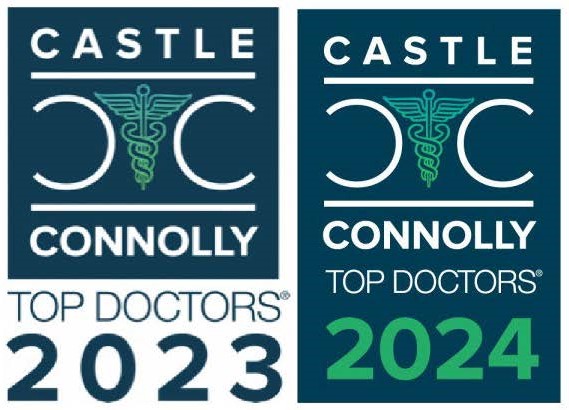Anxiety and PTSD Treatment
Post-Traumatic Stress Disorder (PTSD) and/or Anxiety can cast a shadow over your life, leaving you feeling isolated and overwhelmed. Despite therapy and medications, many find themselves unable to fully recover from a traumatic experience, facing constant challenges in their daily lives. If you or someone you love is struggling with PTSD, there is hope — even if you’ve tried multiple treatments and therapies.
TMS may be helpful in treating neuropsychiatric disorders beyond depression and OCD as an off-label treatment. Many clinical studies have been performed that support such uses, but TMS is not yet approved by the FDA to treat disorders beyond depression and OCD. For off-label treatments, the machines are set differently in order to trigger appropriate and beneficial responses in the brain. It is a safe and effective alternative to medications with no anesthesia and no long-term side effects.
Another option for treatment is MeRT – Magnetic e-Resonance Therapy, a groundbreaking technological advancement. This drug-free and non-invasive treatment utilizes transcranial magnetic stimulation (TMS) tailored to your unique needs through advanced diagnostics.
Scientific research has revealed that altered neural circuits within the brain contribute to changes in its functioning, leading to PTSD symptoms such as depression and anxiety. MeRT directly targets these disrupted brainwaves, fostering communication and enhancing overall functionality. While MeRT has shown exceptional results in aiding veterans with PTSD, its potential extends far beyond this group. Remember, PTSD can affect anyone, and our treatment holds the potential of long-sought relief from debilitating symptoms.

Call the New Patient Coordinator at 480-448-2916 for more information, or fill in the form below and we will contact you.
Generalized anxiety disorder (GAD), panic disorder, and post-traumatic stress disorder (PTSD)
GAD is one of the most common mental disorders with a prevalence of 2.7–3.1% in the U.S. and a lifetime prevalence of 5.1–11.9%. It is approximately twice as common in females than in males. Major Depressive Disorder appears to be the most common comorbid condition associated with GAD, ranging from 39%–62% in individuals with current or a lifetime history of GAD having depression. Around half of the cases of Major Depressive Disorder begin with GAD. Nearly five percent of adults experience panic disorders at some point in their lives. Like GAD and PTSD, it can be a debilitating condition that negatively affects every part of a person’s life. Panic disorders are often comorbid with:
- Major Depressive Disorder
- Generalized anxiety disorder
- PTSD
- Social anxiety
- Alcohol and other substance use disorders
TMS for Patients with GAD
Clinical Studies have shown up to a 60% positive response rates with TMS for GAD. Treatment calls for a low frequency 1 Hz or continuous theta burst stimulation to reduce activity in the region of the frontal cortex that is most responsible for triggering anxiety. TMS is not yet FDA approved yet, but the manufacturers of TMS technology, MagVenture, have CE approval in Europe for a mixed depression/anxiety disorder protocol. CE approval is similar to FDA approval, but for European countries.
MeRT for PTSD and Anxiety
MeRT is a breakthrough in treating PTSD symptoms, as it focuses on the specific brain dysfunction that could cause your symptoms. We analyze your brainwave patterns using a qEEG (quantitative electroencephalogram), also known as brain mapping. That’s because studies have shown that patients with PTSD symptoms have clearly visible markers in their EEG results. Once we identify your precise brain imbalance, we can then strengthen the brainwave activity with targeted TMS. This can bring balance to the brain and significantly reduce symptoms.
Call the New Patient Coordinator at 480-448-2916 for more information.
Or fill in the form below and we will contact you.
How TMS and MeRT Work
These therapies are designed to stimulate and improve connectivity and functioning in the brain specific to those areas and imbalances that can cause increased anxiety, resulting in better balance and mood.
Post-traumatic stress disorder (PTSD)
PTSD is an anxiety disorder characterized by intrusion or re-experiencing, avoidance, and a hyperarousal cluster of symptoms stemming from a major traumatic event. The lifetime prevalence of PTSD ranges from 6.1–9.2% in adults in the U.S. and Canada. The development of PTSD varies from person to person. Symptoms can develop immediately after the traumatic event or years later.
Research shows that PTSD can affect the brain in the following ways:
- Memory and emotions: The hippocampus can shrink, impacting memory and the processing of traumatic memories.
- Fear and arousal: The amygdala becomes overactive, leading to heightened fear response and emotional arousal.
- Emotional regulation: The prefrontal cortex shows reduced activity, affecting the ability to process emotions.
- Neurotransmitters: Chemical messengers like serotonin and norepinephrine become imbalanced, influencing mood, arousal, and brain function.
- Stress response: The body’s stress response system, called the HPA axis, becomes dysregulated, resulting in elevated stress hormone levels.
Learn more about the DSM-5 PTSD Diagnostic Criteria (download).
TMS and MeRT for Patients with PTSD
Fortunately, your brain can often repair itself. This concept, known as neuroplasticity, refers to how the brain can change, reorganize, or grow neural networks. MeRT and TMS work directly on those neural networks — areas of the brain that are out of communication — to improve their function.
For MeRT, we tailor our protocols for your specific PTSD symptoms based on a comprehensive analysis of your brainwave patterns. We then plan a personalized treatment program to neuromodulate your brain waves through our MeRT protocols, improving brain communication and organization.
Traditionally, treatments for PTSD include medication (antidepressants) and psychotherapy such as EMDR. Alternatively, rTMS and MeRT have been shown to result in significant improvements in patients with PTSD symptoms with or without depression—and these therapies do not come with the risks and side effects associated with medications.
Call the New Patient Coordinator at 480-448-2916 , or fill in the form below and we will contact you.

Call Our New Patient Coordinator for a Free Consultation.
Our New Patient Coordinator is here to answer all your questions so you can make the most informed decision.
She can explain our treatment options and protocols, fees, insurance, and more. She can also schedule you for a consultation with one of our doctors.
From there, we can determine if you may benefit from MeRT or TMS treatment, and you can decide if you would like to move forward.
We hope you will consider getting more information. You deserve to live a life free from PTSD symptoms — and we want to help you do just that!












